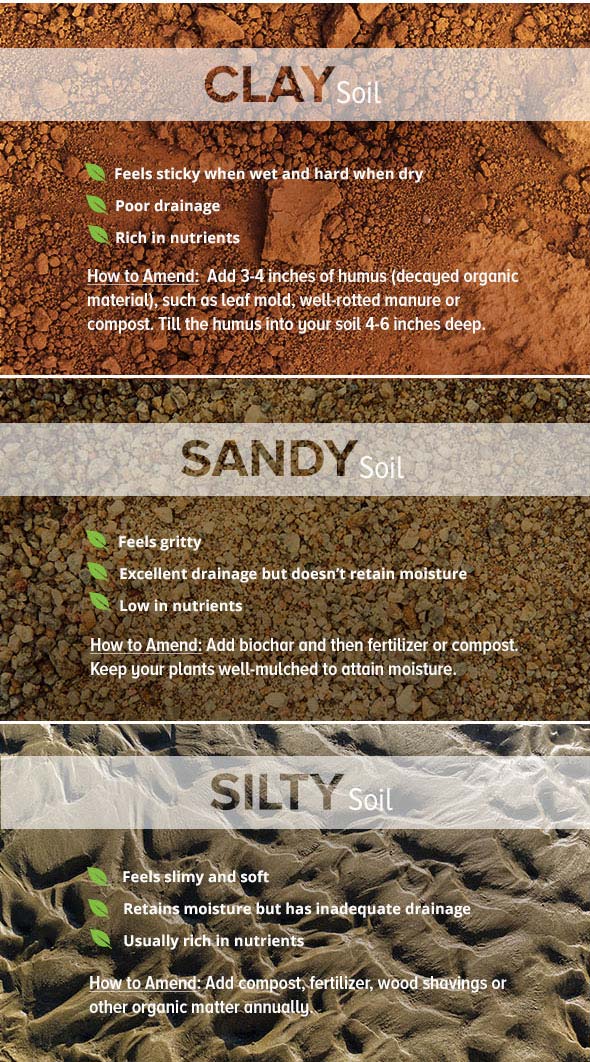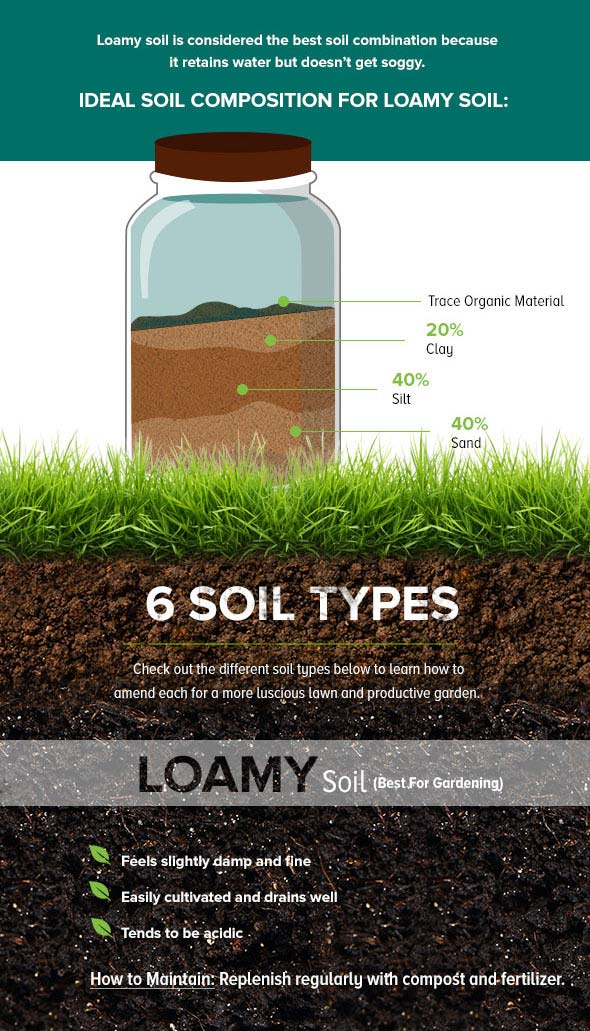If you want a lush, green lawn that stands out in your neighborhood, the secret lies beneath your feet—your soil. How you prepare and improve your soil can make all the difference between patchy grass and a thick, healthy carpet.
You’ll discover how to amend soil for grass, effective ways to amend your soil so your grass can thrive. Whether you’re starting fresh or fixing an existing lawn, these tips will help you create the perfect foundation for vibrant, long-lasting grass. Ready to transform your yard?
Let’s dive in.
Assessing Soil Quality
Assessing soil quality is the first step to healthy grass. Good soil helps grass roots grow strong. It holds water and nutrients well. Poor soil can make grass weak and patchy. Testing soil helps you understand what it needs. This way, you can add the right materials to improve it.
Soil Testing Methods
Collect soil samples from different spots in your lawn. Use a small shovel or soil probe. Take samples from about 4 to 6 inches deep. Mix the samples in a clean container. Let the soil dry before testing. Use a home soil test kit or send samples to a lab. Home kits check pH and basic nutrients. Labs give detailed results on nutrients and soil type. Testing is easy and gives clear info.
Interpreting Test Results
Check the pH level first. Grass grows best in soil with pH 6.0 to 7.0. Low pH means soil is too acidic. High pH means soil is too alkaline. Both can stop nutrient uptake by grass roots. Look at nutrient levels like nitrogen, phosphorus, and potassium. Low nutrients mean you need to add fertilizer. High nutrients can harm grass. Use test results to choose the right soil amendments. This keeps your lawn green and healthy.

Credit: www.reddit.com
Choosing The Right Amendments
Choosing the right soil amendments helps create a healthy lawn. Amendments improve soil texture, nutrients, and water retention. Different soils need different types of amendments. Knowing which option suits your soil can boost grass growth. Below are common amendment types to consider.
Organic Matter Options
Organic matter adds nutrients and helps soil hold water. Compost is a popular choice. It breaks down slowly and feeds soil microbes. Peat moss also improves soil texture and moisture. Manure enriches soil but must be well-rotted. Organic materials improve soil life and structure naturally.
Inorganic Additives
Inorganic additives change soil texture quickly. Sand helps loosen heavy clay soils. Perlite and vermiculite improve aeration and drainage. These materials do not add nutrients but fix soil compaction. Use them to create a balanced soil mix for grass roots.
Ph Adjusters
Soil pH affects nutrient availability to grass. Lime raises pH and reduces acidity. Sulfur lowers pH for alkaline soils. Test soil pH before adding adjusters. Correct pH ensures grass gets proper nutrition for growth.
Preparing The Lawn Area
Preparing the lawn area is the first step to healthy grass. It sets a strong base for your soil and seeds. Good preparation helps grass grow thick and green. Start by making the soil ready for new life. This makes sure roots get air, water, and nutrients.
Clearing Debris And Weeds
Remove sticks, leaves, and stones from the lawn. These block sunlight and water from reaching the soil. Pull out all weeds by hand or use a tool. Weeds compete with grass for nutrients and space. Clearing debris and weeds gives grass room to grow.
Loosening Compact Soil
Use a rake or garden fork to loosen the soil. Compact soil blocks air and water from reaching roots. Break the soil into small pieces for better drainage. Loosened soil helps roots spread out and take in nutrients. This step makes the lawn soft and ready for grass seed.

Credit: www.saferbrand.com
Applying Soil Amendments
Applying soil amendments is an important step to improve soil for grass growth. These materials add nutrients and improve soil texture. Proper application helps grass roots grow strong and healthy. It also improves water drainage and air flow in the soil. Careful spreading and mixing ensure the best results for your lawn.
Spreading Techniques
Spread soil amendments evenly over the lawn area. Use a hand spreader or drop spreader for better control. Avoid piling amendments in one spot. Spread in two directions for full coverage. This prevents uneven growth and patchy grass. Light, consistent layers work best for mixing later.
Incorporating Amendments Into Soil
Mix amendments into the top 4 to 6 inches of soil. Use a rake or garden tiller for this task. Mixing helps nutrients reach grass roots quickly. It also improves soil structure and moisture retention. Avoid disturbing the soil too deeply. This keeps the grass roots safe during the process.
Watering And Maintenance
Watering and maintenance play a big role in keeping your soil healthy for grass. Proper care helps grass grow strong and green. It also keeps the soil loose and full of nutrients. The right watering habits avoid water waste and soil damage.
Initial Watering Tips
Start watering right after amending the soil. Water gently to avoid washing away the new soil mix. Use a sprinkler or hose with a fine spray. Water deeply so moisture reaches the grass roots. Keep soil moist but not soggy for the first two weeks.
Water in the early morning or late evening. This reduces evaporation and lets water soak in. Avoid watering during hot midday hours. Too much water can drown roots and cause disease.
Ongoing Soil Care
Check soil moisture regularly. Grass needs about one inch of water each week. Adjust watering based on rain and temperature. Aerate soil every year to improve air and water flow. Add compost or organic matter to keep soil rich.
Remove weeds that compete with grass for nutrients. Avoid walking on wet soil to stop compaction. Keep mowing grass at the right height to protect roots. Healthy soil and proper care mean lush green grass all season.

Credit: www.saferbrand.com
Monitoring Lawn Health
Monitoring lawn health is important after amending soil for grass. It helps you see if the soil changes are working. Healthy soil supports strong grass growth. Checking your lawn often can catch problems early. Simple steps can tell you a lot about soil health.
Signs Of Soil Improvement
Look for greener, thicker grass. Grass should grow evenly without bare patches. Soil that drains well is a good sign. Notice softer soil that holds moisture better. Earthworms and other insects show healthy soil life. Grass roots will grow deeper and stronger over time.
When To Retest Soil
Test soil again after 6 to 12 months. Retesting shows if nutrients have balanced out. It helps decide if more amendments are needed. Avoid testing too often to save time and money. Use the results to adjust your lawn care plan. Regular checks keep your lawn healthy long-term.
Frequently Asked Questions
What Is The Best Soil Type For Growing Grass?
Loamy soil with good drainage is ideal for grass. It balances sand, silt, and clay, providing nutrients and moisture retention. Healthy grass roots thrive in this soil, promoting a lush and green lawn.
How Do I Test Soil Quality For Grass?
Use a soil testing kit or send a sample to a lab. Testing reveals pH levels and nutrient content. This helps you choose the right amendments for healthy grass growth.
When Should I Amend Soil For Grass?
Amend soil before planting new grass or overseeding. Early spring or fall is best. This ensures optimal soil conditions for seed germination and root development.
What Materials Improve Soil For Grass?
Organic compost, peat moss, and sand are common amendments. Compost adds nutrients, peat moss improves moisture retention, and sand enhances drainage. Use based on your soil’s current condition.
Conclusion
Healthy grass starts with good soil. Test your soil to know what it needs. Add compost or sand to improve texture. Use fertilizers to give nutrients back to the soil. Water the soil well after amending it. Keep caring for your lawn regularly.
This helps grass grow strong and green. Small steps make a big difference over time. Enjoy a lush lawn that feels soft underfoot. Soil care is key to a beautiful yard.

